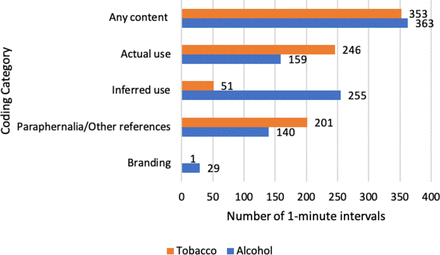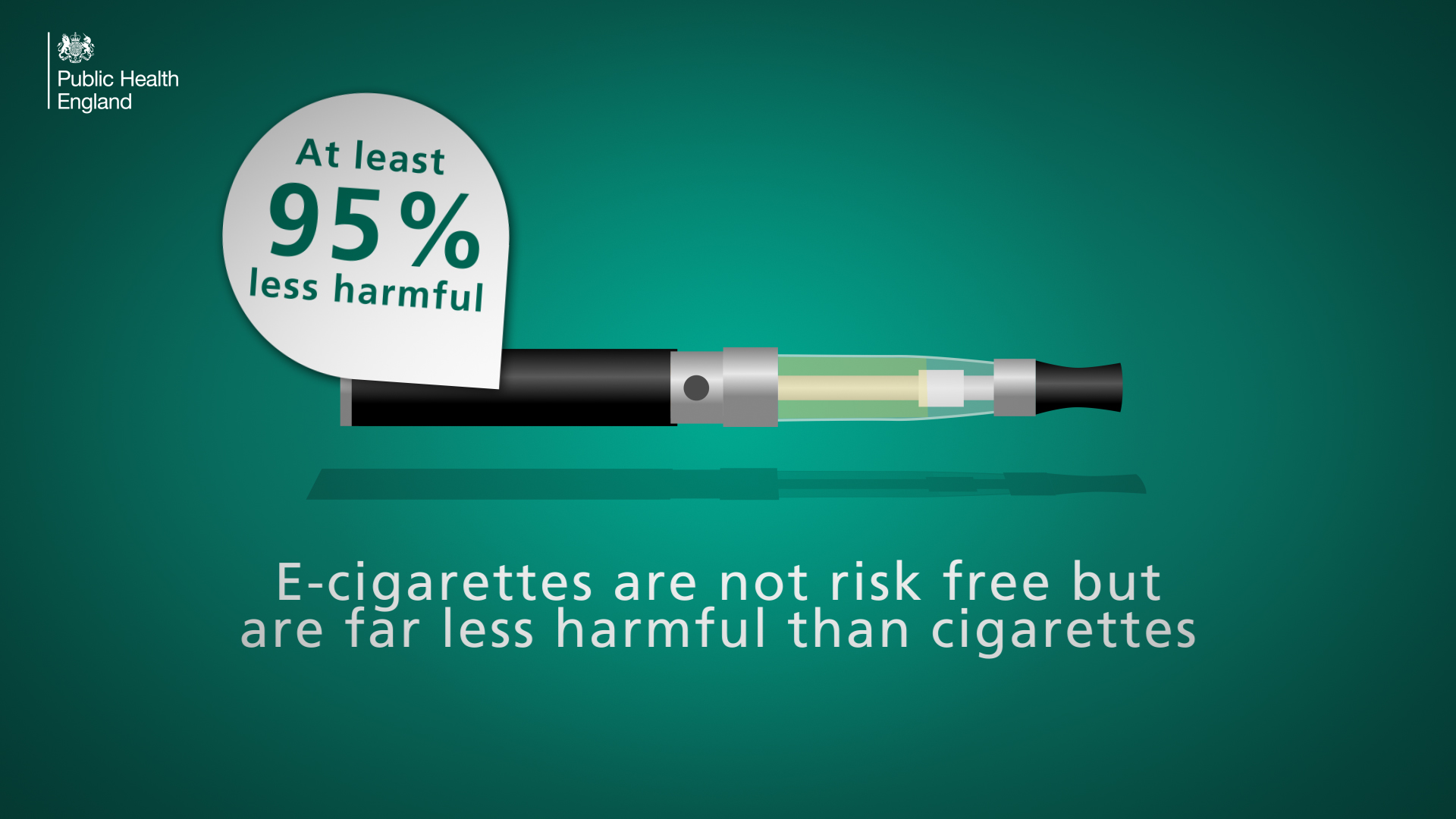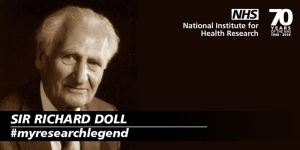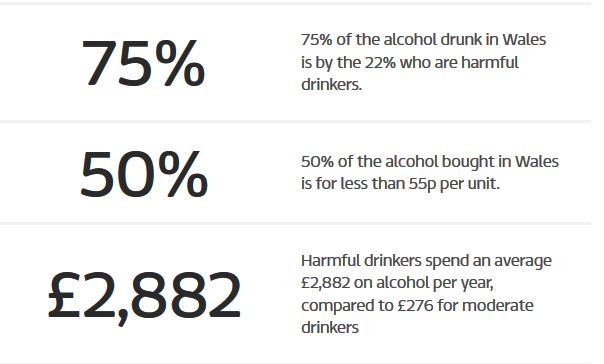
‘Drink Less’ is a smartphone app for iOS devices that aims to help people reduce their alcohol consumption (drinklessalcohol.com) – you can download it here.
It was developed and evaluated by a team of researchers at University College London using evidence and theory from the field of behavioural science.
Smartphone apps have a wide reach and can be provided to many users at a low cost though few have been evaluated. This means there’s little information on whether and how they work. When the Drink Less app was launched in 2016, many of its users agreed to participate in a study and have their anonymous data used for scientific research to test it.
 The study tested the five separate app modules (you can read more about the app’s different features in a previous UKCTAS blog post) which each focused on a different behaviour change strategy. Nearly 700 users were recruited to the trial and different groups were randomly given either intensive or minimal versions of each of the app modules. The effectiveness of each was then measured by comparing levels of drinking before using the app and after one-month.
The study tested the five separate app modules (you can read more about the app’s different features in a previous UKCTAS blog post) which each focused on a different behaviour change strategy. Nearly 700 users were recruited to the trial and different groups were randomly given either intensive or minimal versions of each of the app modules. The effectiveness of each was then measured by comparing levels of drinking before using the app and after one-month.
On average, over the month following download, people logged-in 12 times and drank four fewer units of alcohol. People who received a more intensive version of a module did not reduce their alcohol consumption significantly more than people who got a less intensive version of the same module. However, combinations of specific modules led to a greater reduction in alcohol consumption where users had the intensive versions of both modules. This evaluation has recently been published and you can read about it in more detail here.
User testimonials
Drink Less seems to be a popular app amongst users. It has been downloaded over 21,000 times and the app consistently appears amongst the top results for the ‘alcohol’ search term on the Apple App Store and has an average 4-star rating (based on 26 ratings as of 23/3/2018).
In addition to that, the researchers at UCL have received a lot of positive feedback about the app, some of which is shared below (with their permission):
“Well researched and brilliantly designed. It’s both easy and thorough to track drinking and how it affects all areas your life. It’s designed so it’s not preaching because mostly you capture and listen to your own advice – very individualised and very powerful. A great tool to help consider past consequence and create better future behaviours around use of alcohol.”
 “Excellent app that is so useful. Would definitely recommend it.”
“Excellent app that is so useful. Would definitely recommend it.”
“Lots of these apps around but this one is easy to use, non-judgemental and backed up by theory. Really like it. I was surprised by my results. Tracker, goal setting and ideas about how my drinking compares with others. I was surprised!”
“I would like to thank the developers who have worked on the app – it’s been a real help for me as I had become a seriously habitual drinker – I have now settled into a good routine, limiting my intake to under 14 units/week and only imbibing on Friday and Saturday evenings. I couldn’t have done it without your help, thank you. I have told many friends about my success with the app…it really has proved to be a game changer.”
“I love your app. In 2 weeks it’s helped me understand my consumption and learn to plan which has helped me cut down. I like the fact it’s contributing to wider research too. I’d tried a number of apps that help you monitor your alcohol consumption, most of them I stopped using after a week or two… but that did change when I started to use the Drink Less app. What I learned was that I needed to think ahead and plan when I was going to drink…
I’m never going to stop drinking, I love a glass of wine, but it has stopped me casually drinking without thinking. I now understand that I must have been passively consuming way way too much. You hear that all the time, but nothing made it as tangible as this app… I work in an industry where alcohol plays a large part of the culture, so gaining this understanding helped me manage those work situations where alcohol was central much better.”
“I’ve been participating with your Drink Less App for the last 14 weeks. During which I’ve made significant changes to my drinking consumption and life style. I feel I’m getting back some control over my drinking which was controlling me…my GP has me down as having average consumption at 27 alcohol units per week. It’s been like that for many years. That’s before I found and started working with your Drink Less app. So getting it down to 13 units / wk is something my wife and I are proud of. Thanks again for your help and please keep up the good work.”
Plans for the future
Drink Less is in a good position to be built upon as an already successful app. Initial findings suggest that it has the potential to help excessive drinkers in the UK reduce their alcohol consumption at a low incremental cost per user.

Next up for the Drink Less app is to create an optimised version based on user feedback and the findings from the screening trial. This research is part of an 18-month project funded by the NIHR SPHR. And as part of this project, a funding application will be submitted for a confirmatory trial to determine whether the Drink Less app can provide an effective alternative to the help people usually receive for alcohol reduction.
All of the related scientific papers on the Drink Less app are available here.
Acknowledgements
This research was funded by the UK Centre for Tobacco and Alcohol Studies (UKCTAS), the Society for Study of Addiction (SSA), the NIHR School for Public Health Research (NIHR SPHR) and Cancer Research UK (CRUK). The views expressed are those of the author(s) and not necessarily those of the NHS, the NIHR or the Department of Health.
The Drink Less app was built by Greg Plumby, Edward Warrender and Chris Pritchard (from Portable Pixels) and Hari Karam Singh.






 The study tested the five separate app modules (you can read more about the app’s different features in a previous
The study tested the five separate app modules (you can read more about the app’s different features in a previous  “Excellent app that is so useful. Would definitely recommend it.”
“Excellent app that is so useful. Would definitely recommend it.”

 Also, due to research which was only possible because of his early work, I can offer smokers numerous types of cessation support. It’s even possible to refer on to Stop Smoking Services (SSS) for specialist help, though a major cloud on the horizon is that these vital services are no longer universal; they are endangered.
Also, due to research which was only possible because of his early work, I can offer smokers numerous types of cessation support. It’s even possible to refer on to Stop Smoking Services (SSS) for specialist help, though a major cloud on the horizon is that these vital services are no longer universal; they are endangered.






